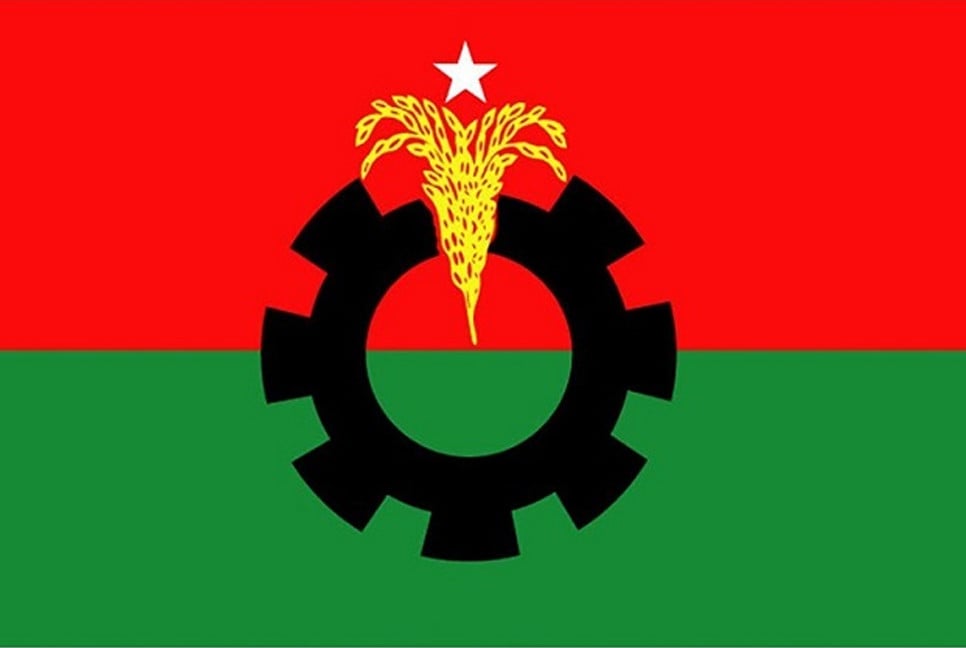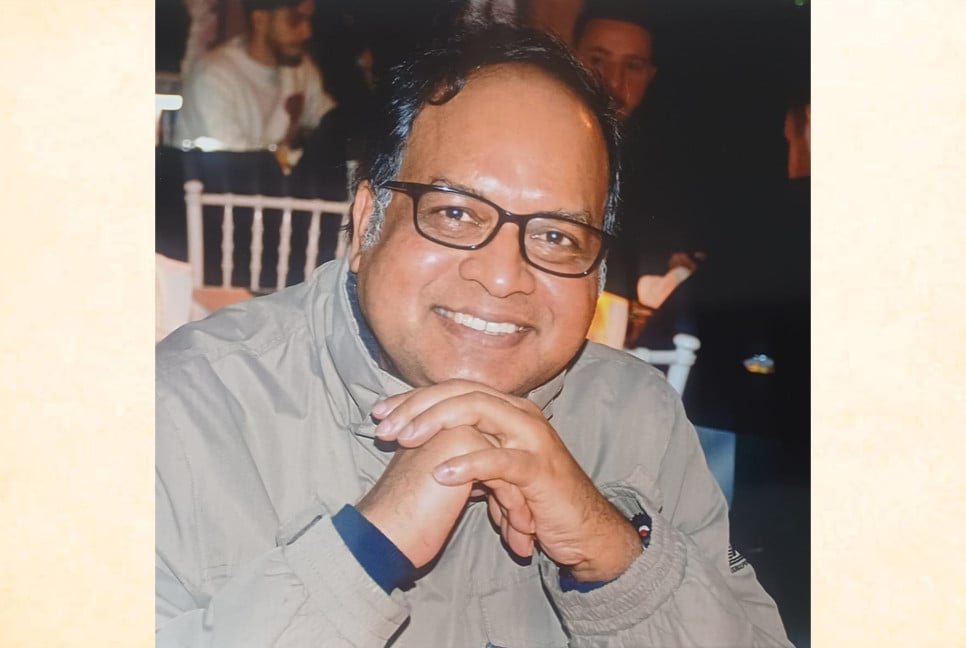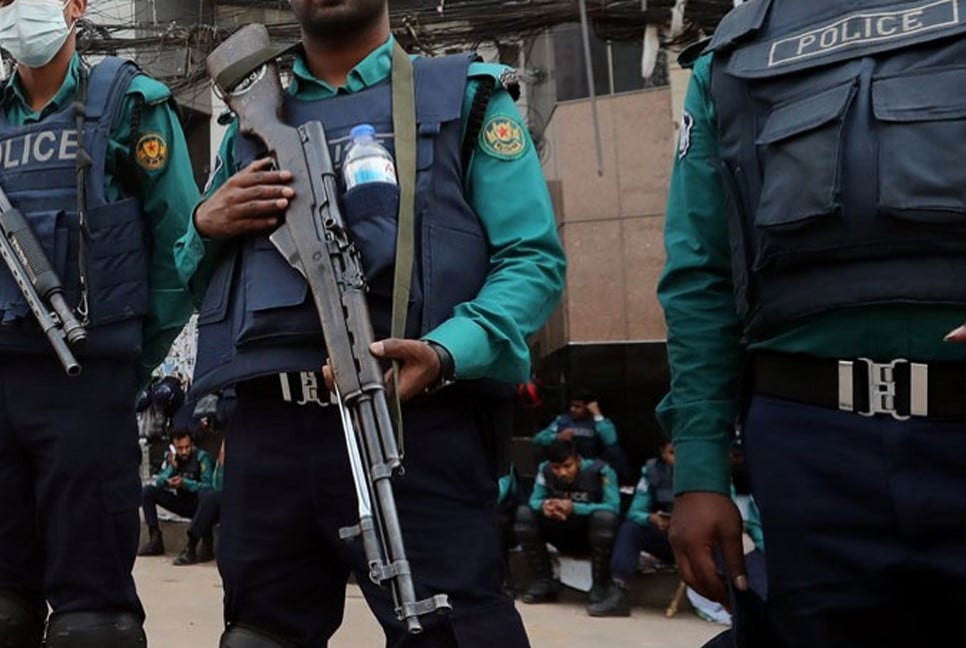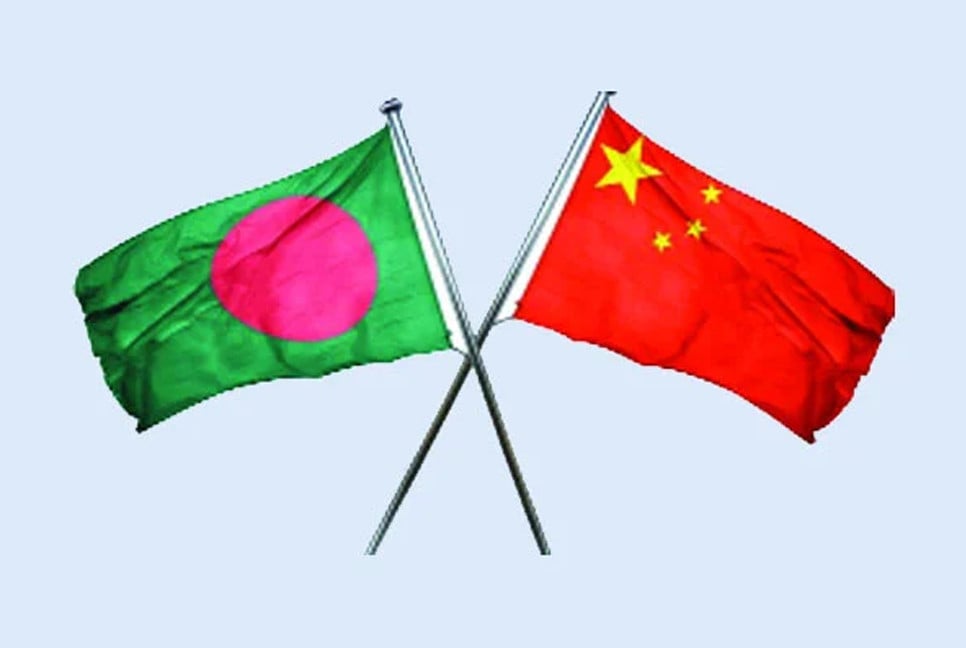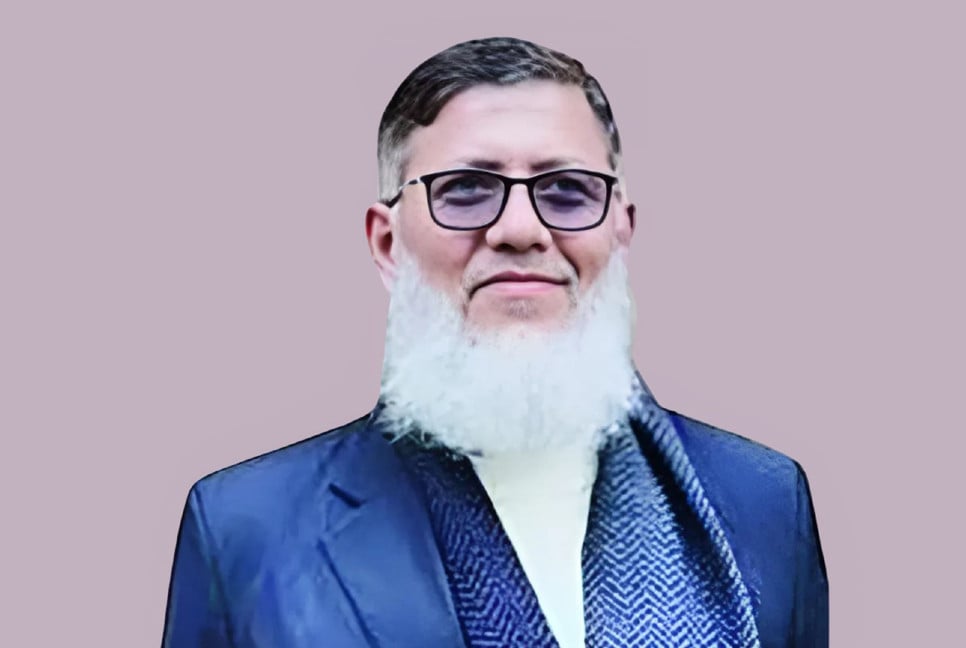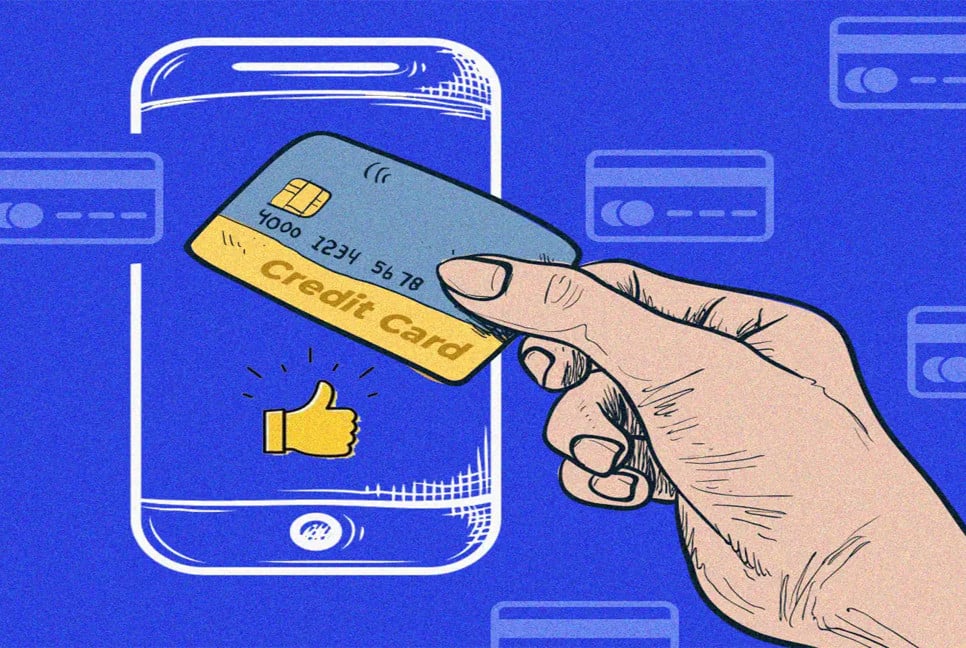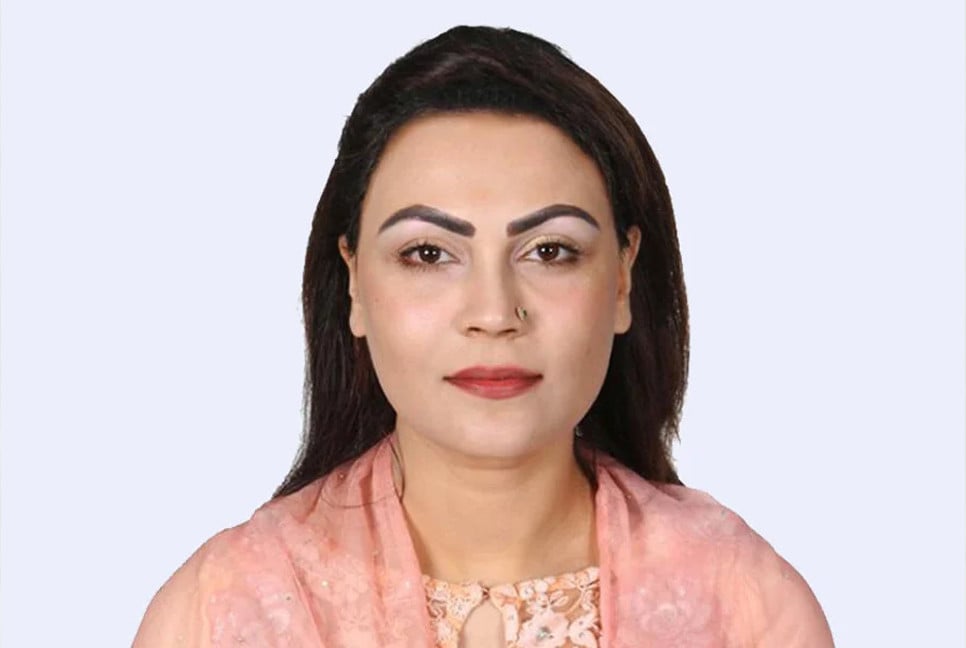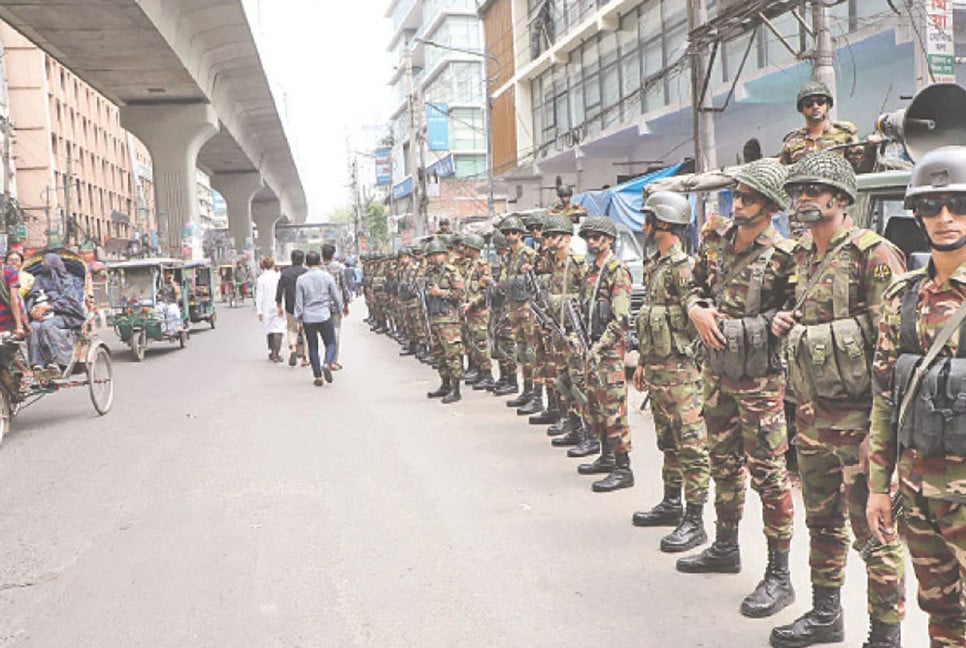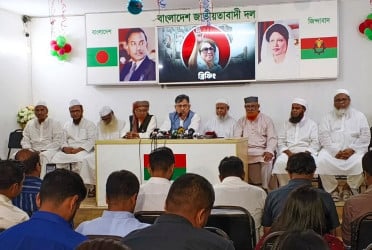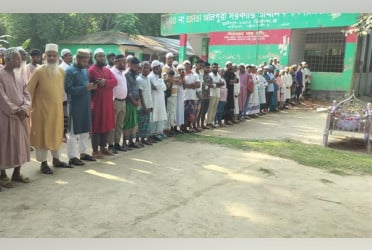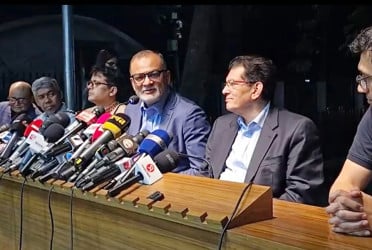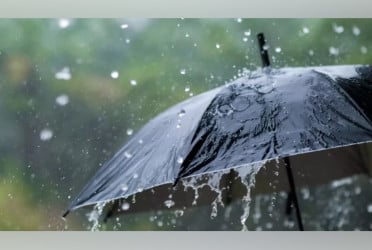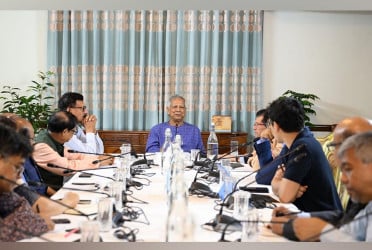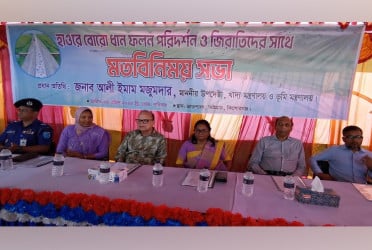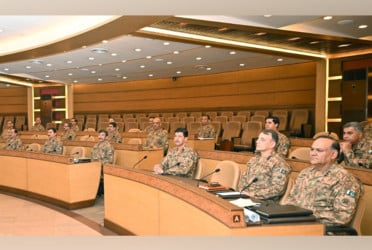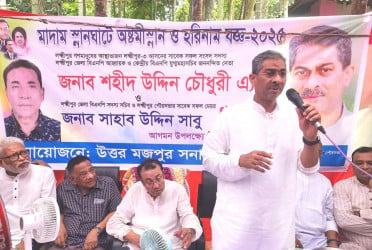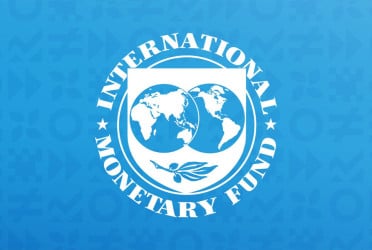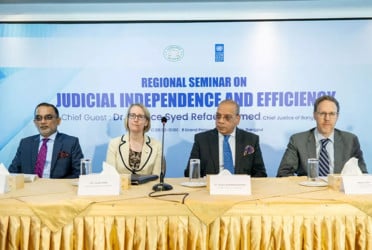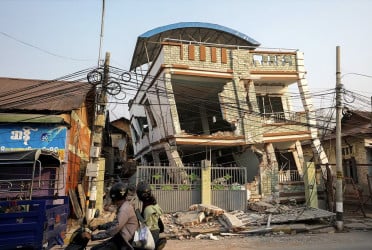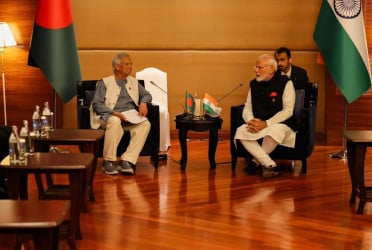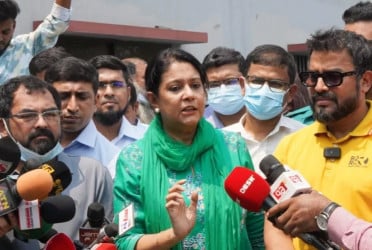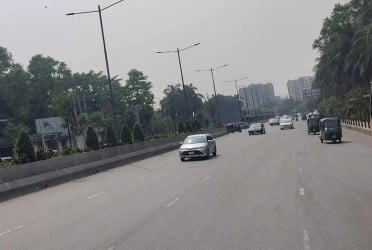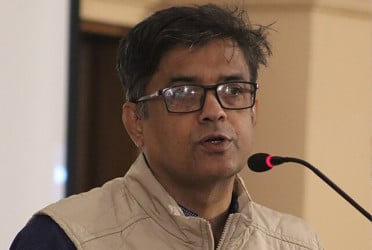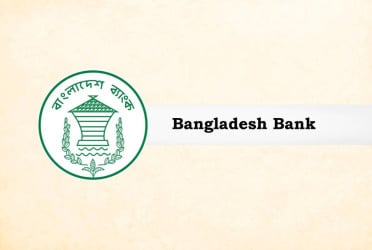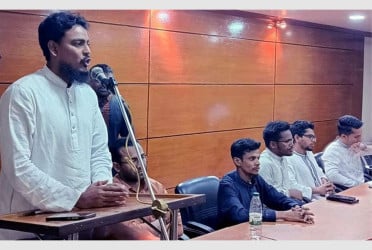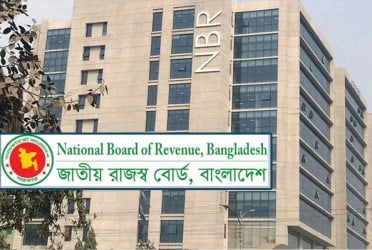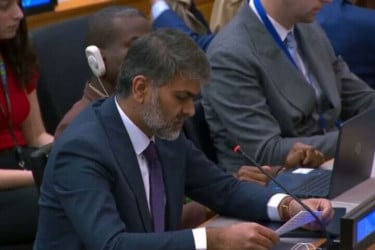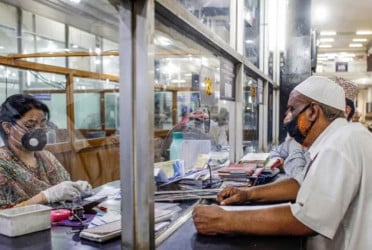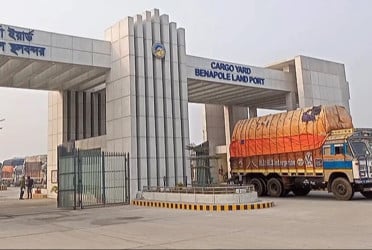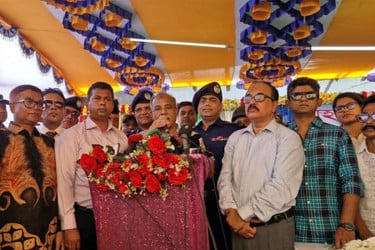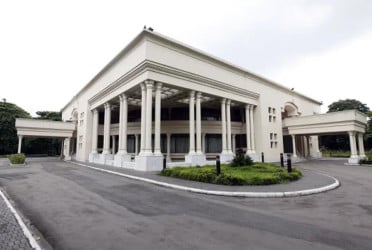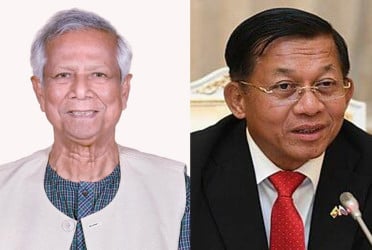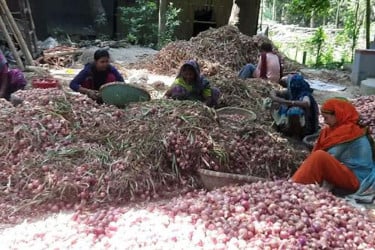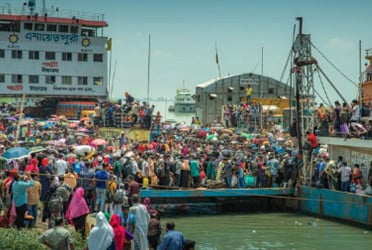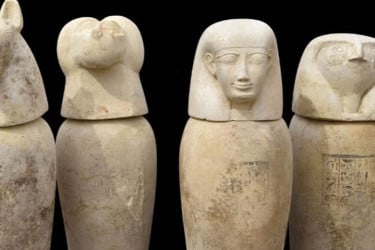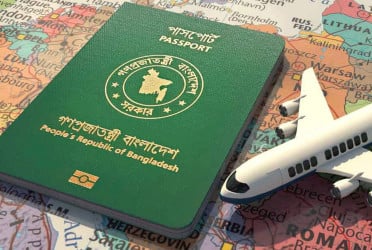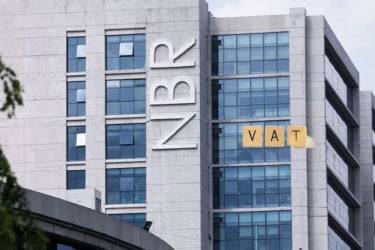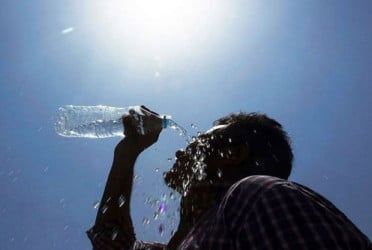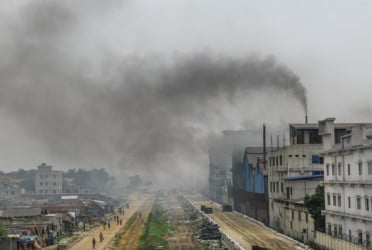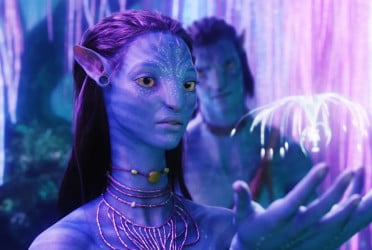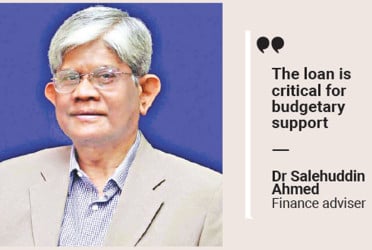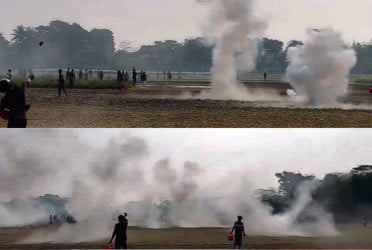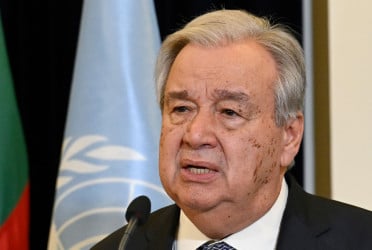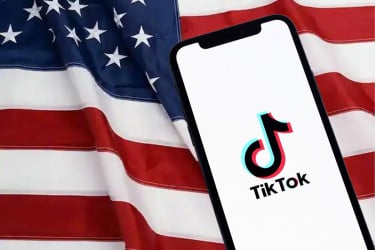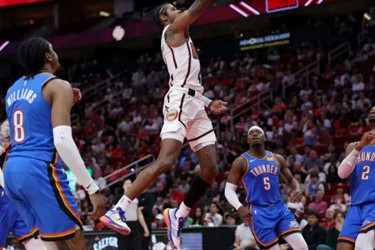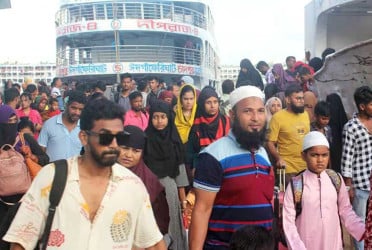In the back-wash of the 2016 Holey Artisan Bakery attack in Dhaka, narratives surrounding the late Faraaz Ayaaz Hossain have sparked contention. Faraaz, hailed by some as a symbol of courage, is now at the center of a heated debate about the accuracy of accounts that portray him as a hero who sacrificed his life to stand by his friends. Recent revelations and expert opinions are questioning the authenticity of this narrative, calling it a distortion of history.
Former journalist Ahmed Zayeef reignited this debate with a Facebook post titled "Prothom Alo Militancy Coverage and My Experience," where he criticized the media portrayal of Faraaz. Zayeef alleged that Prothom Alo, a leading Bangladeshi daily owned by Faraaz's grandfather, Latifur Rahman, had propagated the narrative of Faraaz's heroism. “The militants wanted to release Faraaz because he was a Muslim,” Zayeef quoted from reports, “but Faraaz refused to abandon his friends Abinta Kabir and Tarishi Jain, leading to the militants killing all three.” This narrative was first popularized by a July 2, 2016, report in The New York Times, which cited Faraaz's nephew, Hisham Hussain, as the source.
However, Zayeef argues that this account lacks credibility. “The claim that Faraaz refused to leave his friends was not corroborated by survivors, witnesses, or police investigations,” he wrote. Eyewitnesses reported that all victims were killed shortly after the attack began, with no opportunity for such a conversation to take place. Additionally, investigative documents, survivor testimonies, and the police charge sheet make no mention of Faraaz’s alleged heroism.
Zayeef accused Prothom Alo of engaging in what he called “mis-journalism,” publishing opinion pieces, columns, and memoirs to prop Faraaz’s image up without providing verifiable evidence. He criticized the reliance on the New York Times report, which he described as “false and uncorrected.” “What Prothom Alo is doing is not journalism,” he asserted.
Nuruzzaman Labu, a senior journalist and author of a book on the Holey Artisan attack, reverberated these concerns. “India produced a film about Faraaz using my book as a reference,” he said. “But my book does not mention any such act of heroism. Survivor accounts, investigation records, and court documents do not support this narrative.”
The families of other victims have also expressed frustration over the glorification of Faraaz. Ruba Ahmed, mother of victim Abinta Kabir, described the portrayal of Faraaz as a hero as “cooked up.” She emphasized that survivors of the attack have no knowledge of such an incident. “If anyone deserves to be called heroes, it is the 22 people who lost their lives,” she stated.
Adding to the squabble, photos of Faraaz with one of the militants circulated on social media after the attack, leading to speculation about his relationship with the attackers. While these claims remain unsubstantiated, they further complicate the narrative around Faraaz’s role in the tragedy.
As the debate continues, the lack of concrete evidence supporting his alleged heroism raises questions about media responsibility and the ethics of storytelling.
The controversy has extended to a film about Faraaz, which has faced criticism for perpetuating the unverified account of his bravery. Critics argue that the movie oversimplifies a complex tragedy and distorts the facts, overshadowing the collective suffering of all the victims and their families.
Translated by Jisan Al Jubair
Bd-pratidin English


